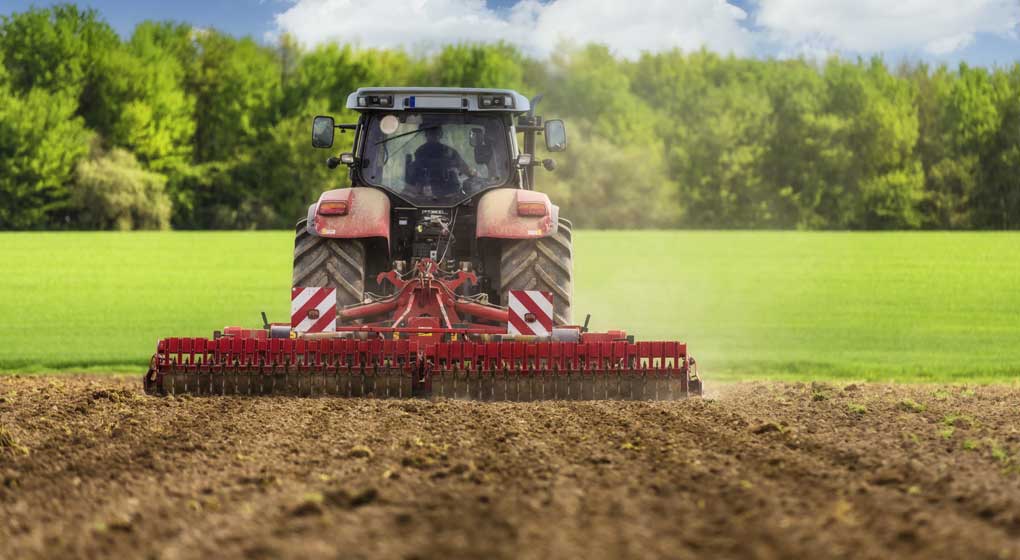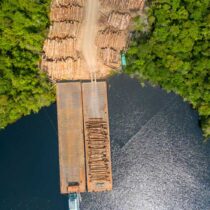How can we develop an agriculture and trade policy without a food strategy in place?
In recent months I have attended a huge number of meetings involving Government and the food industry to discuss new trading arrangements, new food policies, new agricultural policies and supply chain issues around Covid – 19.
I often come away from these meetings pondering the same question: What is the Government’s ambition and target for food security and self-sufficiency?
Having a clear answer would make it a lot easier to arrive at a plan for the future of the British food production sector and would enable all of us who attend these meetings to use our collective knowledge and experience to help Government develop that plan.
We all know that we cannot be completely self-sufficient. Our climate isn’t suited to growing certain crops, so the first thing to note is that food security and self-sufficiency are different things. But they have to be looked at together when formulating a national policy. This is happening through the work that Henry Dimbleby is doing on the Government’s National Food Strategy which is described as the first major review of our food system in 75 years.
Agriculture needs long term planning and, in spite of assurances that support levels will not disappear overnight, many farmers have already started altering cropping rotations and are exploring environmental options
Maybe this will tell us where we are trying to get to. But so far we have only seen Part One which focuses on the turbulence caused by Covid-19 and preparations for the end of the Brexit transition period. As I understand it Part Two will examine whether there is an optimal level of self-sufficiency that we should target but this is not due to be published until well into 2021.
In the mean-time new agricultural policies are being concocted, new environmental schemes adopted, businesses restructured, capital grant schemes created and trade deals are being negotiated. And yet this fundamental piece of the jigsaw – a clear over-arching national food strategy – is missing. As it stands today, no one can really explain what is the right way to measure food security and yet we are making structural and long-term changes to our food and farming system that will be difficult to reverse if it turns out we got the strategy wrong.
Agriculture needs long term planning and, in spite of assurances that support levels will not disappear overnight, many farmers have already started altering cropping rotations and are exploring environmental options. The changes they’re making are not to ensure food security or self- sufficiency (because it’s still not clear what that looks like), but are driven more by sensible risk management and the desire to ensure they have a business in the future to support themselves and their families.
It all feels like the proverbial ‘’cart before the horse’’. Before big changes to agricultural, environmental and trade policy are made and before money is spent on implementing these changes, surely we first need to know Government’s plan and target for food security and self- sufficiency.
Once you have that answer then the debate about food standards can take shape because we will know where to set the bar; trade negotiations will get easier because they will take place in the context of a National Food Strategy. Setting agricultural, food production and environmental targets would also become easier. Crucially, it will enable businesses to confidently plan and implement change once they can see the shape of our future food production system.
We are close to being able to do all this in the right order and we shouldn’t squander this once in 75 year opportunity to shape a resilient food system that will sustain us for the next 75 years and beyond.Maybe I’m a dreamer. But I hope I’m not the only one.







